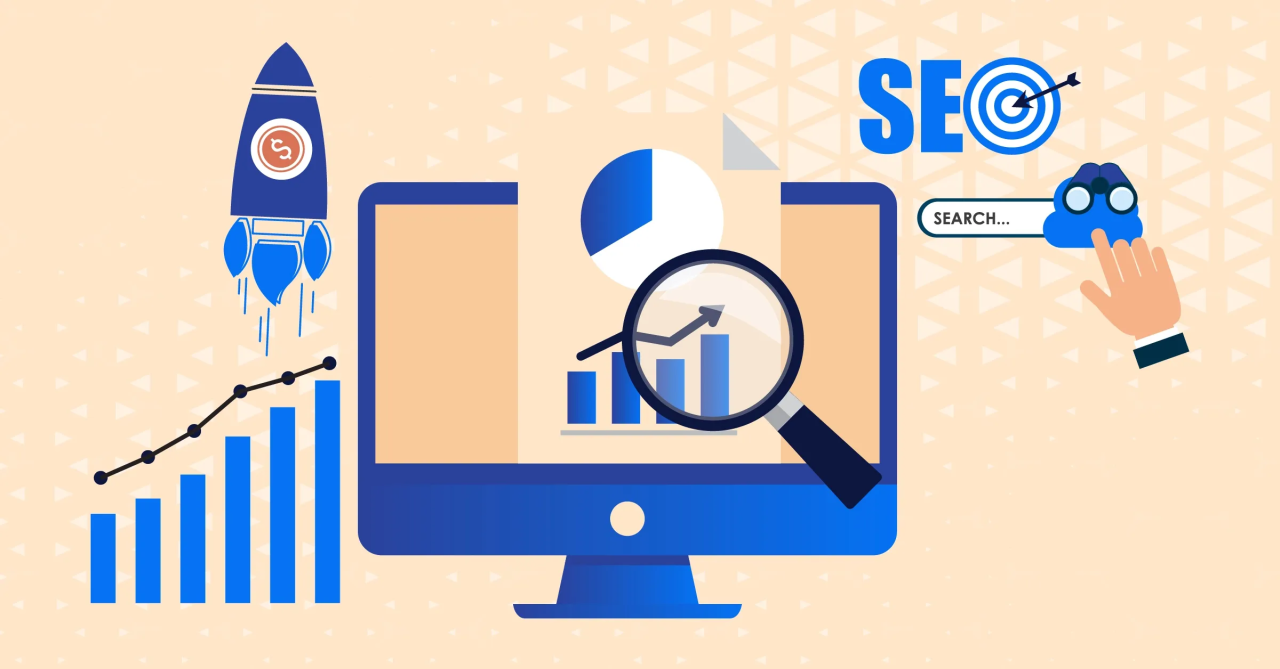Technical SEO refers to the process of optimizing a website’s infrastructure and backend elements to help search engines crawl, index, and rank the site more effectively. Unlike content SEO (which focuses on optimizing the content of a website) or link-building, technical SEO primarily focuses on improving the site’s architecture, performance, and user experience to ensure that it can be properly understood and indexed by search engines like Google.

Key Components of Technical SEO
- Crawlability and Indexability
- Crawl Errors: Ensure that search engines can access and crawl your website without issues. Tools like Google Search Console can be used to identify crawl errors.
- Robots.txt: This file tells search engines which parts of your website they are allowed to crawl and which parts they should avoid.
- XML Sitemaps: An XML sitemap provides search engines with a list of all important pages on your website, helping them discover and index content more efficiently.
- Canonical Tags: These tags help prevent duplicate content issues by telling search engines which version of a page is the “preferred” or “canonical” version.
- Site Structure and URL Optimization
- URL Structure: URLs should be clear, concise, and descriptive, with appropriate keywords. They should follow a logical hierarchy (e.g.,
example.com/category/product). - Internal Linking: A good internal linking structure helps both users and search engines navigate the site and understand its content hierarchy.
- Breadcrumbs: These navigational elements help users (and search engines) understand where they are within the site structure.
- URL Structure: URLs should be clear, concise, and descriptive, with appropriate keywords. They should follow a logical hierarchy (e.g.,
- Mobile Friendliness (Mobile SEO)
- With the rise of mobile-first indexing, Google primarily uses the mobile version of your site for ranking. Ensure your site is responsive and works seamlessly across all devices.
- Tools like Google’s Mobile-Friendly Test can help assess how well your site performs on mobile devices.
- Site Speed and Performance
- Page Load Time: Page speed is a critical ranking factor. Slow-loading pages can hurt both user experience and SEO. Tools like Google PageSpeed Insights and GTmetrix can help identify areas for improvement.
- Core Web Vitals: Google uses metrics like Largest Contentful Paint (LCP), First Input Delay (FID), and Cumulative Layout Shift (CLS) to assess the performance and user experience of your site.
- HTTPS and Security
- SSL Certificates: Websites should use HTTPS (HyperText Transfer Protocol Secure) rather than HTTP. This is important for security and is also a ranking signal for search engines.
- Website Security: Ensure your site is free of malware, has secure server configurations, and uses HTTPS across all pages to protect user data and improve SEO.
- Structured Data (Schema Markup)
- Structured data helps search engines better understand the content of your pages and display rich snippets in search results. For example, using Schema.org markup for articles, products, reviews, and events can lead to enhanced search results.
- Adding JSON-LD structured data can improve visibility and provide more context for rich snippets like star ratings, reviews, and product information.
- Fixing Duplicate Content Issues
- Duplicate content can confuse search engines and may cause them to not know which version of the content to index. This can be resolved with canonical tags, 301 redirects, or noindex tags.
- Redirects and URL Management
- 301 Redirects: Permanent redirects should be used when content has moved from one URL to another to maintain SEO value.
- Avoid Redirect Chains: Multiple redirects between pages can slow down the crawling process and cause issues for both users and search engines.
- 404 Errors: Regularly check for 404 errors (pages that don’t exist) and create 301 redirects to relevant pages or a custom 404 page to guide users.
- JavaScript Rendering
- Search engines sometimes have trouble rendering JavaScript-heavy websites. Ensure that your important content is not hidden behind JavaScript and is accessible for search engines to index. Tools like Google Search Console can help identify crawling issues related to JavaScript.
- Hosting and Server Performance
- Server Response Time: Slow server response times can delay the page load, which can affect user experience and rankings. Using a quality hosting provider and optimizing server configurations is essential for good technical SEO.
- Content Delivery Network (CDN): CDNs can improve load times for users around the world by caching content closer to them.
- AMP (Accelerated Mobile Pages)
- AMP is an open-source framework for building fast-loading mobile web pages. While its importance has diminished since Google moved to mobile-first indexing, it can still be useful for sites focusing heavily on mobile traffic and news.
- Content Delivery Optimization
- Image Optimization: Compress images and use modern formats (like WebP) to reduce page load times.
- Lazy Loading: Implement lazy loading for images and videos so that media is only loaded when it’s about to appear in the viewport, improving page speed.
Importance of Technical SEO
- Search Engine Visibility: Proper technical optimization ensures that search engines can access, crawl, and index your content.
- User Experience: A fast, mobile-friendly, and well-structured site provides a better user experience, which can indirectly boost rankings.
- Competitive Edge: Technical SEO helps eliminate barriers that might hinder your site’s performance, ensuring that you can compete with others in the search results.
In short, technical SEO is foundational for a website’s search engine visibility. A technically sound website not only supports better rankings but also ensures a positive user experience, which is critical for long-term SEO success.